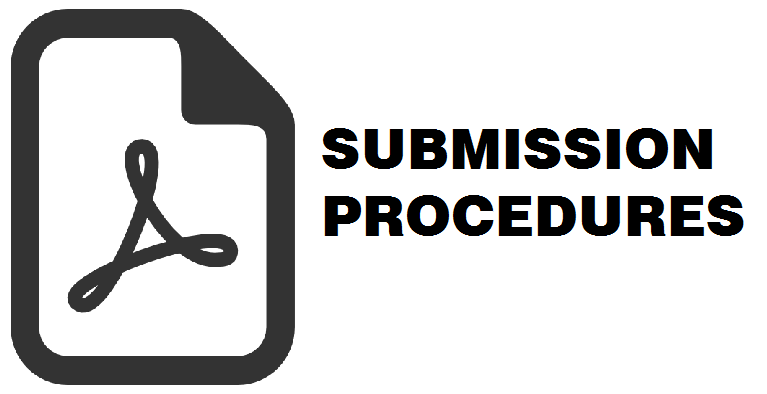Perbandingan Akurasi Metode Inverse Distance Weighting dan Kriging dalam Pemetaan Kedalaman Muka Airtanah
Sadewa Purba Sejati(1*)
(1) Universitas Amikom Yogyakarta
(*) Corresponding Author
Abstract
Every spatial interpolation method provided by geographic information system (GIS) has different accuracy. Therefore, it’s very necessary for GIS users to know the accuracy of every method. This study was performed to determine the comparison of accuracy of inverse distance weighting (IDW) and Kriging spatial interpolation methods to produce information on depth to water table. This study used 65 primary data of depth to water table obtained using systematic random sampling method. The interpolation result of the accuracy of every method was compared by assessing root mean square error (RMSE) and percentage of consistency of validator sample with the resulting model. Data processing showed that the best interpolation method of Kriging was Ordinary Kriging variance. The method produced a model with RMSE value of 2.98 and validator sample consistency of 50%. The best interpolation method of IDW method used power (p) parameter with a value of 3. The method produced an interpolation model with RMSE value of 3.233 and validator sample consistency of 40%. Based on the comparison, it was concluded that Kriging method was more accurate than IDW method because it had smaller RMSE value and bigger percentage of validator sample consistency to interpolation model.
Keywords
Full Text:
PDFReferences
Adji, T.N., & S.P. (2014). Identification of Groundwater Potential Zones Within an Area With Various Geomorphological Units by Using Several Field Parameters and a GIS Approach in Kulonprogo Regency,Java,Indonesia. Arabian Journal of Geosciences, Vol. 7(1), 161-172. doi: 10.1007/s12517-012-0779-z.
Arfaini,J., & Handayani,H.H. (2016). Analisa Data Foto Udara untuk DEM dengan Metode TIN, IDW, dan Kriging. Jurnal Teknik ITS, Vol. (5), 182-187.
Aronof, S. (1989). Geographic Information Systems: a Management Perspective. Canada: WDL Publications.
Esri. 2017. Deterministic Methods for Spatial Interpolation. Diakses tanggal 20 April 2018 dari http://pro.arcgis.com/en/pro-app/help/analysis/geostatistical-analyst/deterministic-methods-for-spatial-interpolation.htm.
Gumiere, S.J., Lafond, J.A., Hallema, D.W., et al. (2014). Mapping Soil Hydraulic Conductivity and Matric Potential for Water Management of Cranberry: Characterisation and Spatial Interpolation Methods. Biosystems Engineering, Vol. 128, 29-40. doi: 10.1016/j.biosystemseng.2014.09.002.
Hadi, B.S. (2013). Metode Interpolasi Spasial dalam Studi Geografi: Ulasan Singkat dan contoh Aplikasinya. Geomedia, Vol. 11(2), 235-244. doi: 10.21831/gm.v11i2.3454.
Hsu, S., Mavrogianni, A., Hamilton, I. (2017). Comparing Spatial Interpolation Techniques of Local Urban Temperature for Heat Related Health Risk Estimation in a Subtropical City. Procedia Engineering, Vol . 198, 354-365. doi: 10.1016/j.proeng.2017.07.091.
Kodoatie. (2014). Tata Ruang Airtanah. Yogyakarta: Penerbit Andi.
Li, J., & D.H. Andrew. (2008). A Review of Spatial Interpolation Method for Environmental Scientists. Australia: Australian Government. Diakses tanggal 16 Januari 2018 dari http://corpdata.s3.amazonaws.com/68229/Rec2008_023.pdf.
Longley, P.A., Goodchild, M.F., Maguire, D.J., Rhind, D.W. (2015). Geographic Information Science and Systems. United States of America: Wiley.
Martono, A. D. (2002). Metode Pengambilan Sampel untuk Penelitian Geografi. Yogyakarta: Ombak.
Pasaribu, J.M., & Haryani, N.S. (2012). Perbandingan Teknik Interpolasi DEM SRTM dengan Metode Inverse Distance Weighting (IDW), Natural Neighbor, dan Spline. Jurnal Penginderaan Jauh, Vol. 9(2), 126- 139.
Pramono, G.H. (2008). Akurasi Metode IDW dan Kriging Untuk Interpolasi Sebaran Sedimen Tersuspensi. Forum Geografi, Vol. 22(2), 97-110. doi: 10.23917/forgeo.v22i1.4929.
Respatti, E., Goejantoro, R., Wahyuningsih, S. (2014). Perbandingan Metode Ordinary Kriging Dan Inverse Distance Weighted Untuk Estimasi Elevasi Pada Data Topografi Studi Kasus: Topografi Wilayah MIPA Universitas Mulawarman. Jurnal Eksponensial, Vol. 5(2), 163-170.
Sejati, S.P. (2013). Kajian Potensi Airtanah di Lereng Selatan Gunungapi Merapi untuk Mencukupi Kebutuhan Air Domestik pada Hunian Sementara. (Tesis S2). Yogyakarta: S2 Fakultas Geografi Universitas Gadjah Mada.
Sejati, S.P. (2017). Karakteristik Sumberdaya Airtanah Dangkal di Kecamatan Cangkringan Kabupaten Sleman Provinsi Daerah Istimewa Yogyakarta. Media Komunikasi Geografi, Vol. 18(2), 166-177. doi: 10.23887/mkg.v18i2.12903.
Todd, D.K., & Mays, L.W. (2005). Groundwater Hydrology Third Edition. Canada: John Wiley and Sons.
Vrba, J., & Zoporozec, A. (1994). Guidebook on Mapping Groundwater Vulnerability. Hannover: Heise.
Wang, Y., Akeju, O.V., Zhao, T. (2017). Interpolation of Spatially Varying but Sparsely Measured Geo Data: a Comparative Study. Engineering Geology, Vol.231, 200-217. doi: 10.1016/j.enggeo.2017.10.019.
Article Metrics
Refbacks
- There are currently no refbacks.
Copyright (c) 2019 Sadewa Purba Sejati

This work is licensed under a Creative Commons Attribution-ShareAlike 4.0 International License.
Volume 35 No 2 the Year 2021 for Volume 39 No 1 the Year 2025
ISSN 0215-1790 (print) ISSN 2540-945X (online)









